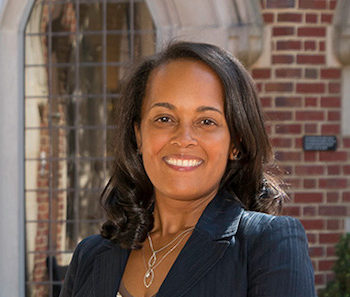Across America, cities and localities are in the midst of a housing crisis – housing costs are increasing, wages are not keeping up with housing costs for the most vulnerable, and affordable housing production is not keeping up with demand. Partly in response to this trifecta, more than 800 communities have implemented inclusionary zoning policies in the hopes of creating more high-quality, affordable housing.1 More specifically, Minneapolis, Minnesota; Oregon; and California have enacted statutes that prohibit single-family only zoning.
Minneapolis was the first city to ban single-family zoning in 2018. Single-family lots were up-zoned to allow duplexes and triplexes and higher density developments were permitted near transit stops. In 2019, Oregon became the first state to ban single-family zoning. In cities whose population exceeds 10,000, duplexes are now permitted on lots previously zoned single-family. And, in cities whose population exceeds 25,000, triplexes and fourplexes are now permitted on lots once zoned single-family. California’s first stop towards eliminating single-family zoning has taken the form of permitting single-family lot owners to build accessory dwelling units.
Against the backdrop of a national discussion surrounding access to affordable housing, Sara Bronin, in her article Zoning for Families, challenges her reader to eschew the traditional definition of “family” found in many zoning codes in favor of “functional families.” Whereas zoning codes typically define the family as people who are related to one another, the definition of functional families expands beyond the boundary of related people “to count as families groups who are not legally related to each other, but who demonstrate behaviors and characteristics of a ‘traditional’ family.” (P. 6.)
Bronin surveys relevant case law from various jurisdictions and distinguishes the cases based upon how the relevant zoning codes attempt to achieve the values of density, privacy, and character—values that exist in tension—according to Bronin. Zoning is inherently local, which Bronin acknowledges as she discusses the inherent and unavoidable conflicts that arise when communities, through their public laws, move past regulating structures where people live—their set-backs, height, area, number of exits, etc.—and begin to regulate the internal, human composition of those structures.
Bronin engages her reader in a discussion of how best to control household composition to achieve the dual purposes of pursuing legitimate police power objectives (health, safety, general welfare) while simultaneously respecting important constitutional protections in the realm of privacy and due process. While the task she proposes is a difficult one, it is a critically important discussion to have at this moment in time in our country.
The choice to adopt a stricter or broader definition of family has the potential to impact the country’s housing dilemma. One way to house more people is to produce more housing which hopefully results in the creation of more affordable housing. The other way, of course, is to make our current stock of existing housing available to more people. The functional family model has the potential of allowing family living arrangements to burgeon past the nuclear family in areas zoned exclusively for single-family use to include more diverse and expansive family living groups and therefore, more people.
Although Bronin argues that excluding functional families is irrational and therefore unconstitutional, she acknowledges that even under a functional family framework, government has a regulatory interest to pursue. She imagines three goals one might pursue in regulating the functional family—“controlling density, protecting privacy, and ensuring compatibility with community character” and concludes that it is impossible to regulate for household composition and equally achieve all three goals. (P. 33.) But, communities have important choices to make in this area of the law, and Bronin makes the case that the most rational and certain way to avoid constitutional scrutiny is the functional family model.
While the nation’s attention is on the housing dilemma, all options and discussions should be “on the table.” Bronin’s contribution to the discussion is important and challenges us to contemplate how our changing demographic landscape is driving the need for a more modern approach to zoning for single-family use.
- Rick Jacobus, Inclusionary Housing: Creating and Maintaining Equitable Communities, Lincoln Institute of Land Policy (Nov. 2019).








